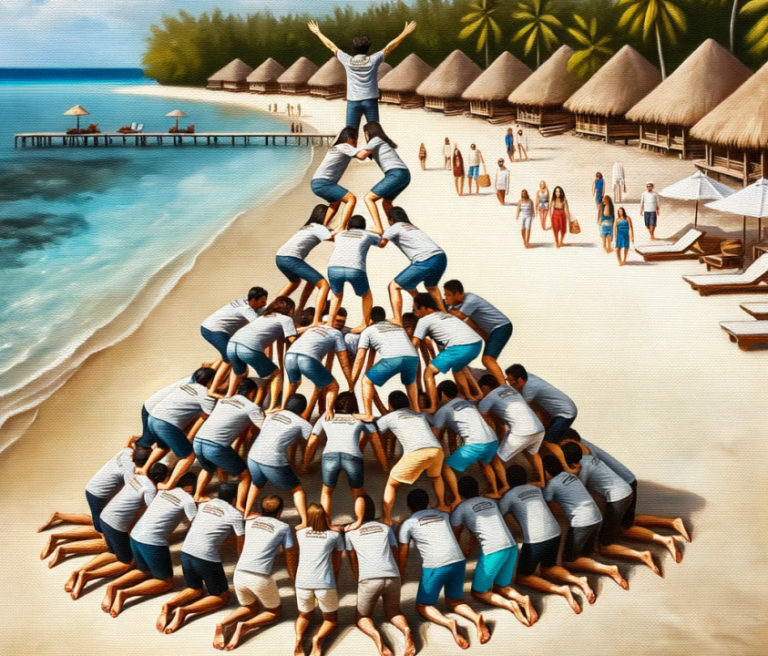It is planning season for the various GTM team kick-offs that will happen in January/February 2024. Now, more than ever, a specific outcome needs to be achieved: Allowing the business to operate at the speed of trust.
In an environment where sales productivity seems to have hit historic lows, I am seeing the following:
- ‘Team’ members operate as though everything is zero-sum and characterized by an assumption of ulterior motives.
- Large, dysfunctional groups that have no social capital built up. Their relationships are pure business and transactional.
- In the best case teams are operating dispassionately
While it may feel important to use these events to kick-start a new strategy or GTM motion, everything you do sits on top of the ‘relationship foundation’ that supports all else.
Having close friends at work REALLY matters
Here are the key things to know:
- The proportion of People Having a Best Friend at Work:In 2021, a survey showed that 40% of employees didn’t have friends at work. WHAT!? No friends at work!?
- Happiness Levels:Employee satisfaction increases nearly by 50% when workers develop a close relationship on the job. (Survey)
- Job Tenure:The data suggests a correlation between job tenure and workplace friendships; the longer the job tenure, the lower the average loneliness score, with 57% of workers stating that having a best friend at work makes their tasks more enjoyable. (Survey)
- Engagement and Performance:Employees who have a best friend at work are seven times as likely to be engaged in their jobs. (Gallup)
Why the ‘friend-zone’ makes sense
If you think about your closest friend, then the following will be true:
- You assume good intent in all things
- You will go out of your way to help them (It brings you joy)
- Disagreements spark curiosity, not hostility
- Joint problem-solving is fun
- You lift each other up in times of adversity
Light the friendship flame at kickoff meetings
Here are some surefire ways to start building bonds that create resiliency in teams and establish a relationship foundation that will carry you through turbulent waters:
I recommend you do the following exercises in the order shown. I have been deliberate in the structure because it starts by connecting people in a low-friction context and then building to a business problem application.
Volunteering: If possible, kick things off with the opportunity to collaborate on a physical volunteering activity.
Physical challenge: You need to consider inclusivity here and depending on the make-up of your group you can offer a menu that could be:
- A confidence course (Like a high rope facility)

- Physical activity menu (Yoga, running, golf challenge, Pickle-ball etc)
Keeping in mind inclusivity, the more difficult the challenge, the deeper the bond.
Improv experience: An incredible experience for breaking down barriers. The key here is to ensure that senior leadership gets involved as well. [Here is an example if you are not familiar]
Work-styles workshop and roundtable: Whether it be DISC, Myers-Briggs, EQi-2.0 or another system, the key is to have everyone learn about their own style and then discuss in small groups. This is great for building bridges if people are prompted to reflect openly on what types of interactions are more challenging than others for them.
Team problem-solving exercises: After one or more of the above, teams are primed to work on real business problems. The reason I like doing this at an offsite is that it allows you to practice when primed. Defences will be down and teams can practice on a real issue to see how well they can collaborate.
By concluding your event with an exercise like this you leave them with a lasting memory of collaboration and (hopefully) creating a useful solution together.
A topical example is to prompt the teams with, “Assuming that cold outreach doesn’t work at all, how will we generate net new pipeline in 2024?“
So, don’t miss this opportunity. I will argue until I am blue in the face that building stronger, durable bonds across your team is the highest ROI you will get at an offsite.



